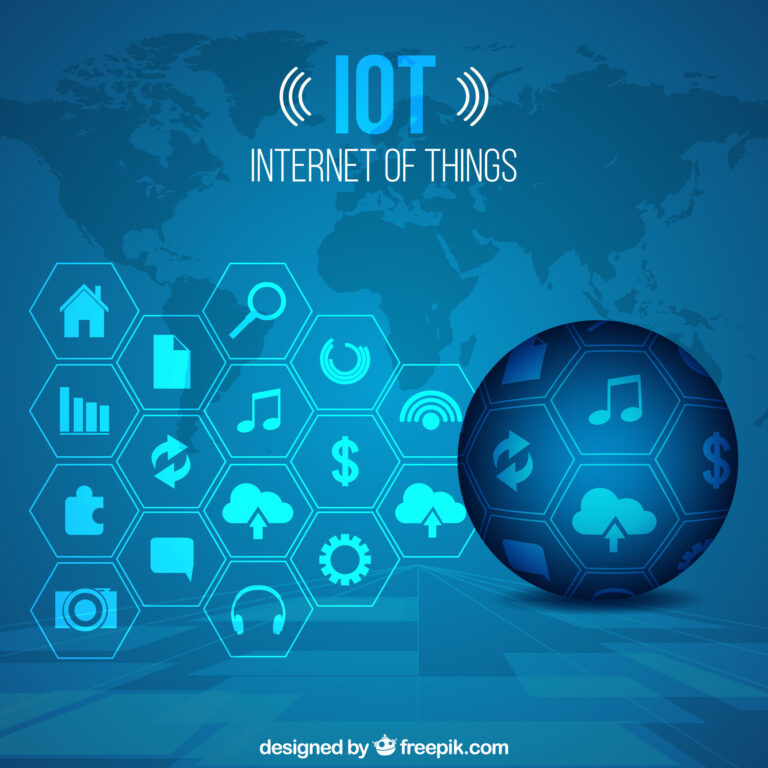What is Web3? A Beginner-Friendly Guide to the Decentralized Internet of the Future
What is Web3? A Beginner-Friendly Guide to the Decentralized Internet of the Future
We’ve entered an era where the internet is no longer just a platform for consuming content, it’s becoming a place where users own, control, and contribute to the very infrastructure of the web. This movement is called Web3.
While Web1 was static and read-only, and Web2 brought interactivity and social platforms, Web3 is revolutionizing how we interact, transact, and build online. It’s decentralized, user-owned, and powered by technologies like blockchain, NFTs, DAOs, and smart contracts.
In this article, we’ll walk you through everything you need to know about Web3 — its history, technologies, applications, benefits, challenges, and how you can get involved.
What is Web3?
Web3 is the next generation of the internet, where users interact with decentralized applications (dApps) on blockchain networks. Instead of being controlled by centralized authorities (like Google, Facebook, or Amazon), Web3 allows individuals to own their data, identity, and digital assets.
🧠 Definition: Web3 = Web + Blockchain + Decentralization
From Web1 to Web3: The Evolution of the Web
| Web Generation | Timeline | Features |
|---|---|---|
| Web1 | 1990s – Early 2000s | Static websites, read-only content, no user interaction |
| Web2 | 2005 – Present | Social media, user-generated content, centralized platforms |
| Web3 | 2020 – Future | Decentralized apps, digital ownership, blockchain-based identity |
Core Technologies Behind Web3
1. Blockchain
A decentralized digital ledger that records transactions transparently and immutably. Ethereum, Solana, and Polkadot are major Web3 blockchains.
2. Smart Contracts
Self-executing programs that run on blockchains. They automate processes like payments, identity verification, and voting without intermediaries.
3. Cryptocurrencies
Digital currencies like Ethereum (ETH), Solana (SOL), and Polkadot (DOT) are used in Web3 ecosystems to power transactions and reward users.
4. Decentralized Applications (dApps)
Apps built on the blockchain that run on peer-to-peer networks instead of centralized servers. Examples include:
-
Uniswap (decentralized exchange)
-
OpenSea (NFT marketplace)
-
Mirror.xyz (decentralized blogging)
5. NFTs (Non-Fungible Tokens)
Unique digital assets that represent ownership of content, art, music, or identity.
6. DAOs (Decentralized Autonomous Organizations)
Internet-native communities governed by smart contracts. Decisions are made by token holders, not executives.
✅ Example: MakerDAO – a decentralized finance platform that governs the DAI stablecoin.
Key Features of Web3
| Feature | Description |
|---|---|
| Decentralization | No single point of control — data and decisions are distributed. |
| Ownership | Users own their identity, content, and data. |
| Permissionless | Anyone can participate without approval from gatekeepers. |
| Trustless | Interactions are secured by smart contracts — no need for intermediaries. |
| Interoperability | dApps can interact across multiple platforms and blockchains. |
Real-World Applications of Web3 (2025)
1. Finance (DeFi)
Web3 is redefining finance through DeFi — decentralized finance, enabling lending, borrowing, and trading without banks.
✅ Example: Aave lets users lend and borrow crypto assets without a traditional bank.
2. Social Media
Platforms like Lens Protocol and Farcaster allow users to own their content and followers.
✅ Unlike Facebook, if you leave, you take your audience with you.
3. Content Creation
Web3 allows writers, artists, and musicians to monetize directly through NFTs and crypto tips.
✅ Example: Mirror.xyz allows writers to earn crypto through community support.
4. Gaming
In Web3 games, users own their in-game assets, which can be traded or sold.
✅ Example: Axie Infinity lets players earn crypto by battling and breeding creatures.
5. Identity and Privacy
Platforms like BrightID and Spruce offer decentralized identity, so users own and control their credentials.
6. Decentralized Storage
Web3 uses peer-to-peer networks like IPFS and Arweave to store content securely and permanently.
✅ Unlike traditional servers, no single entity controls the data.
Benefits of Web3
| Benefit | Explanation |
|---|---|
| Data Ownership | Users control and profit from their data, not tech giants. |
| Global Access | Anyone with an internet connection can participate. |
| Censorship Resistance | Content and platforms can’t be taken down arbitrarily. |
| Community Governance | DAOs allow communities to steer the direction of projects. |
| Earning Opportunities | From token rewards to NFT sales, users are paid for participation. |
Challenges of Web3
1. Scalability
Blockchains can be slow and expensive, though solutions like Layer 2 scaling are improving performance.
2. User Experience
Wallets, gas fees, and private keys can be confusing for newcomers.
✅ Tools like MetaMask and Rainbow Wallet are simplifying onboarding.
3. Security
Smart contracts can have bugs. Hacks and rug pulls are common in poorly built projects.
✅ Tip: Only use audited dApps and do your own research (DYOR).
4. Regulatory Uncertainty
Governments are still figuring out how to regulate Web3. This affects DeFi, NFTs, and crypto markets.
How to Get Started with Web3
Step 1: Set Up a Crypto Wallet
Use a wallet like:
Step 2: Buy Some Crypto
You’ll need tokens like ETH or MATIC to interact with dApps. Use exchanges like:
Step 3: Explore dApps
Visit platforms like:
Step 4: Join a DAO or Community
Browse DAOs on:
Step 5: Stay Informed
Follow blogs, Twitter (X), and newsletters like:
The Future of Web3
Web3 is still young, but it’s already influencing:
-
Digital economies
-
Ownership models
-
Online identity
-
Finance and governance
As it matures, expect seamless user interfaces, mainstream adoption, and more regulation. But the vision remains: a fairer internet where power is in the hands of users — not corporations.
Conclusion
Web3 is more than a buzzword — it’s a transformative movement that promises to reshape the internet as we know it. Whether you’re a developer, creator, investor, or curious user, now is the time to learn, explore, and participate.
Remember: just like the early days of Web2, those who adopt early will shape the future.






